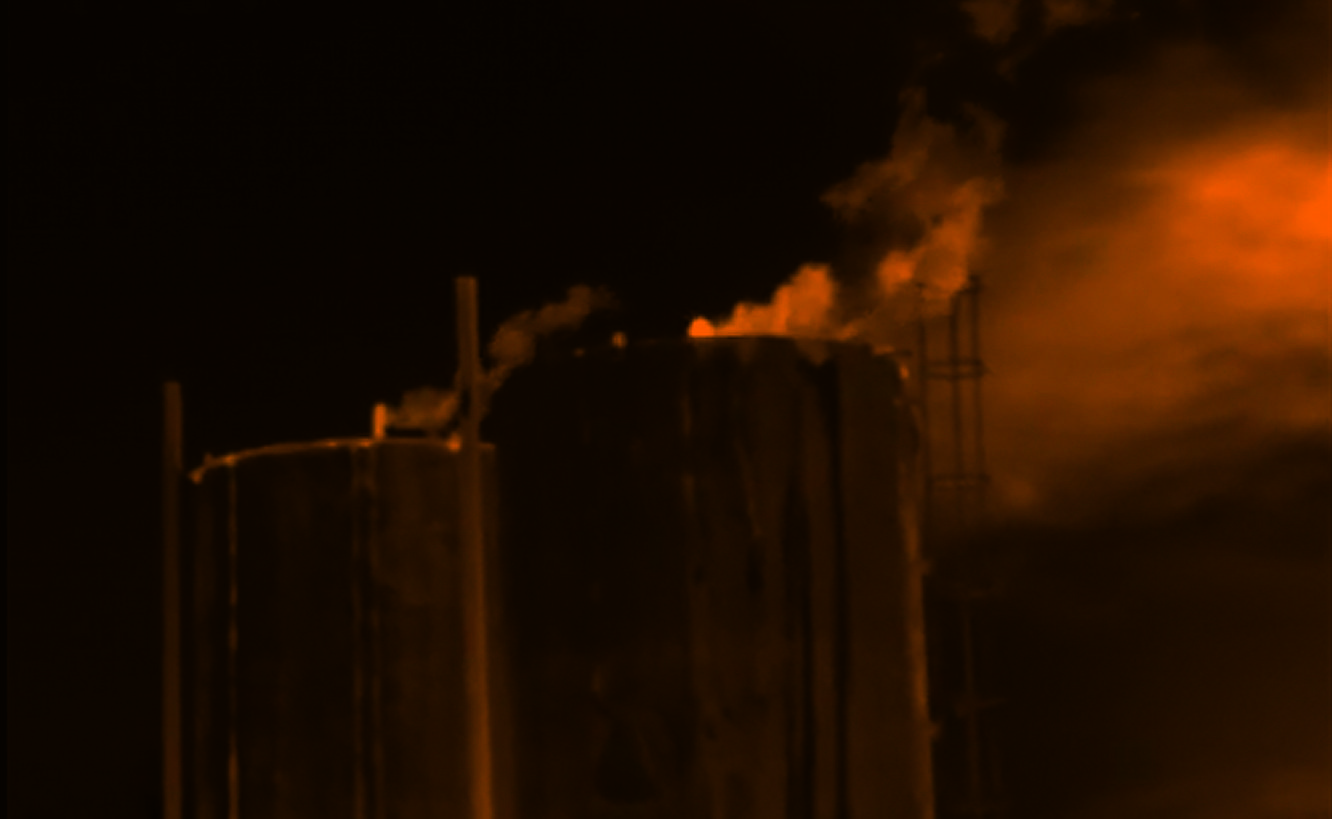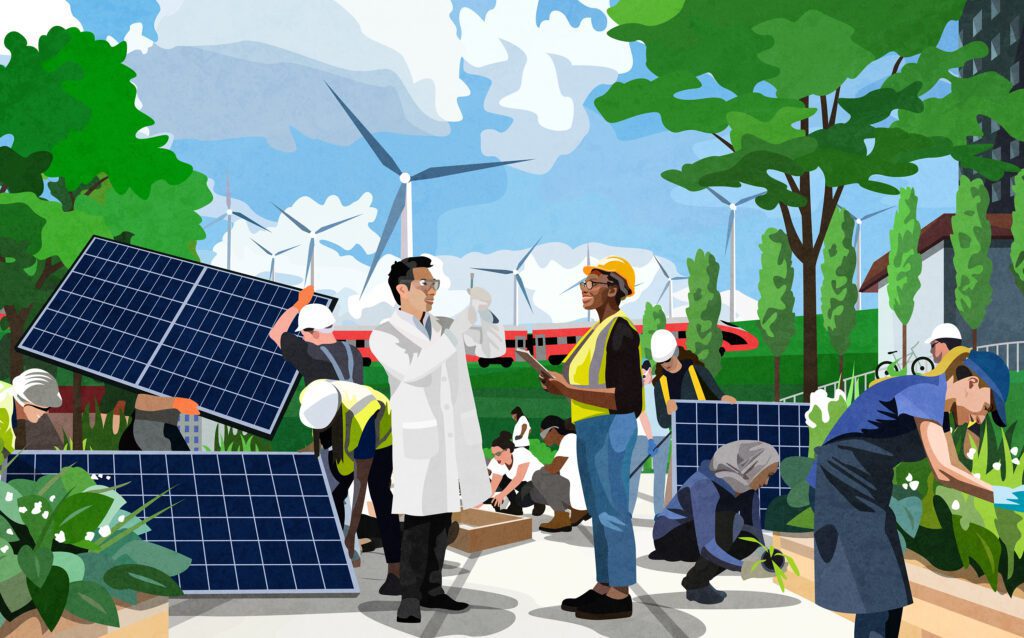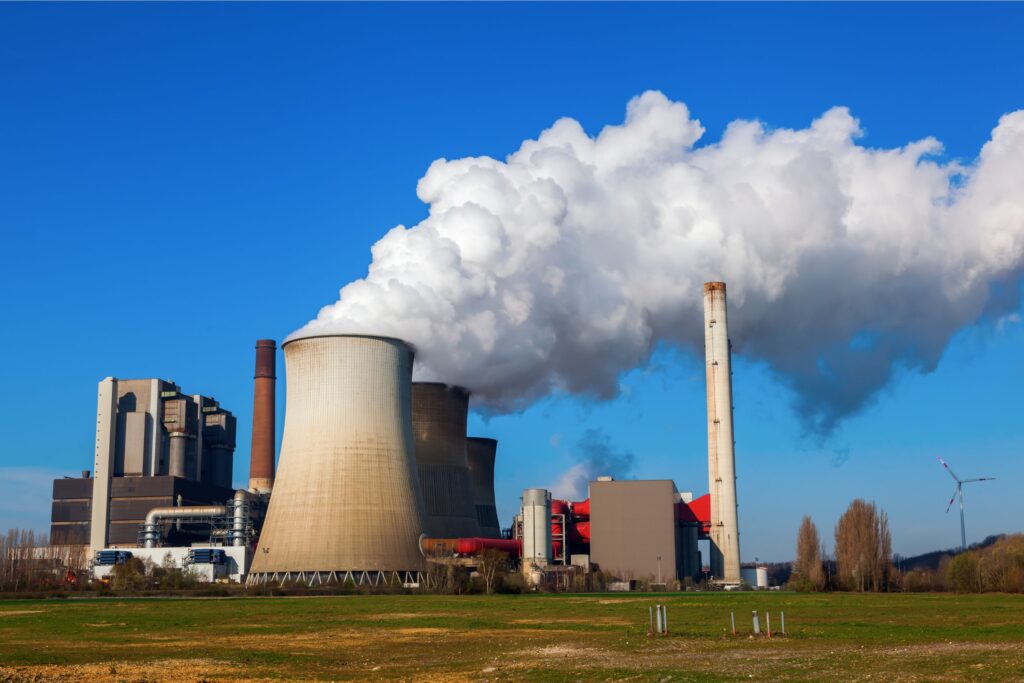The research published today in a prestigious scientific journal adds to the mounting evidence that methane emissions from Canada’s oil and gas companies are much higher than what the industry and governments are reporting. It signals once again the urgency of creating and enforcing strong methane regulations in Canada.


The findings from the Environmental Science & Technology article are consistent with research previously published by Environmental Defence and researchers at St. Francis Xavier and the David Suzuki Foundation. Those reports also documented higher-than-reported methane emissions from oil and gas facilities in Alberta and British Columbia.
This new research is alarming for both economic and environmental reasons. In fact, the federal government estimated that proposed regulations to reduce methane emissions from Canada’s oil and gas industry would create $11.7 billion in net economic and environmental benefits.
The methane gas currently being wasted in Alberta would supply almost all of the province’s natural gas needs, and is worth $530 million per year. Methane leaks and intentional venting represent the waste of a public resource that Albertans own. It also represents money lost to governments in the form of unpaid royalties and taxes.
There is also significant job potential in reducing methane emissions. There are more than 170 Canadian energy service companies that work to reduce methane gas leaks and 80 per cent of them expect their work and employment to increase if methane regulations are passed. In fact, a recent report estimated that federal methane regulations will create 1,500 new jobs reducing methane releases and making oil and gas companies more innovative and efficient.
Also, because methane is a potent greenhouse gas, the short-term climate warming impact of these leaks and venting from Canada’s oil and gas sector is greater than all the vehicles currently on Canada’s roads, or the equivalent of 20 coal plants. Solutions to eliminating leaks and intentional releases of methane are readily available and represent some of the lowest cost solutions to reducing carbon emissions.
Canada’s main oil and gas competitor, the U.S., is far ahead of us on reducing methane emissions. There, more oil and gas facilities are being regulated for methane emissions than all the facilities that exist in Canada. Leading U.S. states such as Colorado, California, and Ohio have more stringent measures than the federal government’s proposed methane regulations. Even U.S-based Exxon Mobil, not usually seen as an environmentally-progressive company, has committed to phasing out equipment that deliberately vents methane to the atmosphere, something not required in the regulations proposed by the Canadian government.
This shows that strong regulations are a no-brainer. And yet the Canadian Association of Petroleum Producers has been lobbying hard for weaker, more voluntary measures on methane. The Canadian and Alberta governments should instead work to strengthen and implement methane rules as soon as possible. That means:
- Strengthening the regulations so they don’t allow deliberate releases of methane and require more frequent inspection for methane leaks.
- Moving up the timeline on implementation. Canadians shouldn’t have to wait until 2023 for the regulations to be fully enforced.
- Improve the measurement of methane emissions so that reporting reflects reality.
Both the Alberta and Canadian governments are expected to finalize their methane regulations in the coming months. Let’s hope they both heed this research rather than listen to the most regressive elements of the oil and gas industry. Tell the federal government to get rid of the delays and strengthen Canada’s proposed methane regulations.







